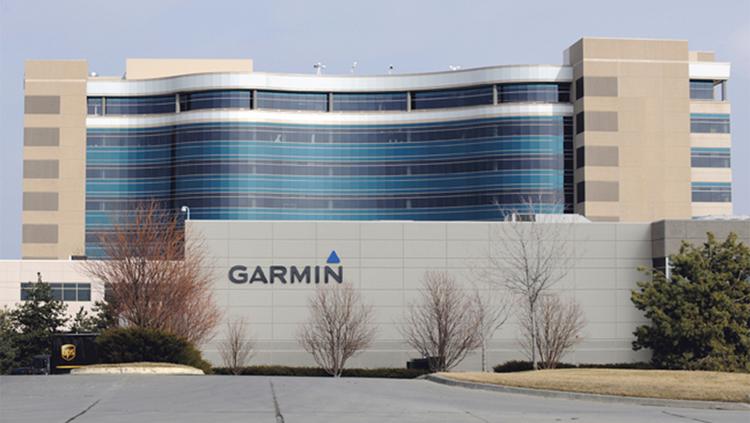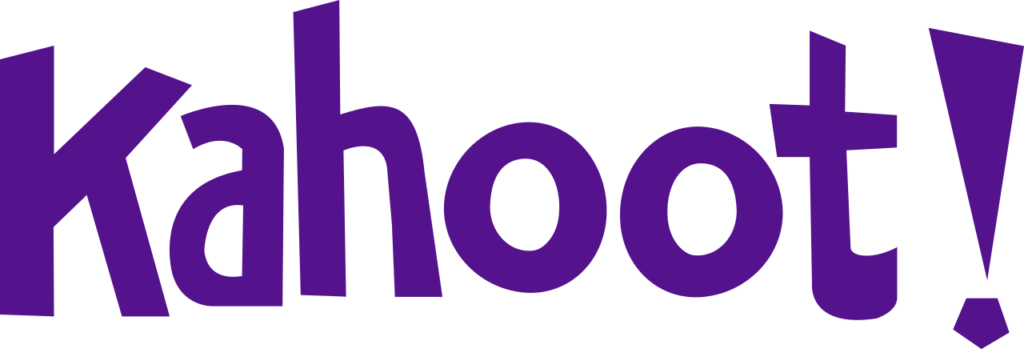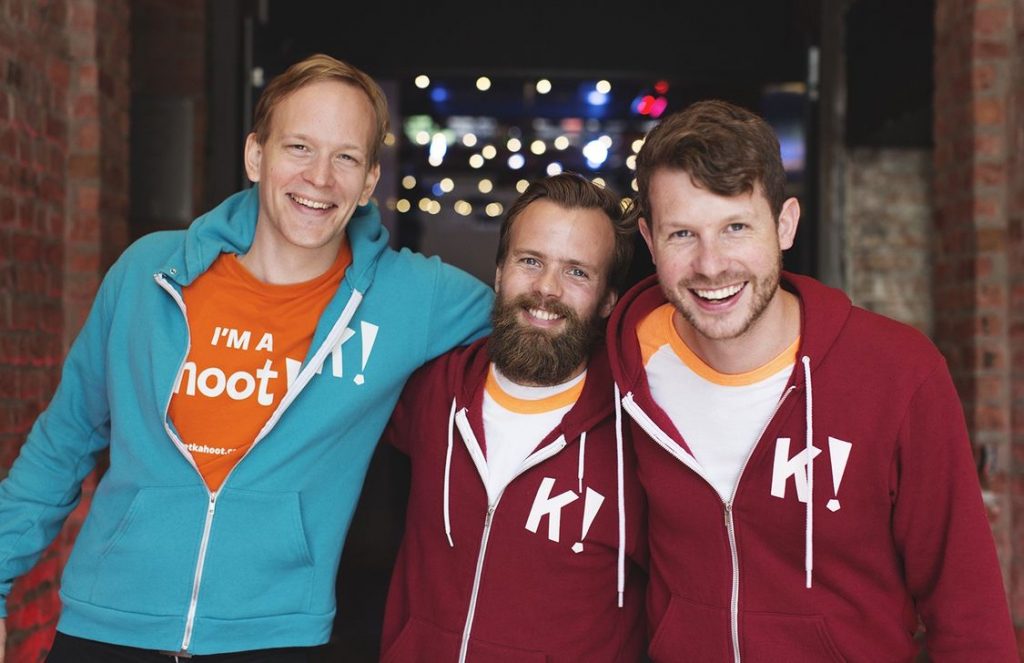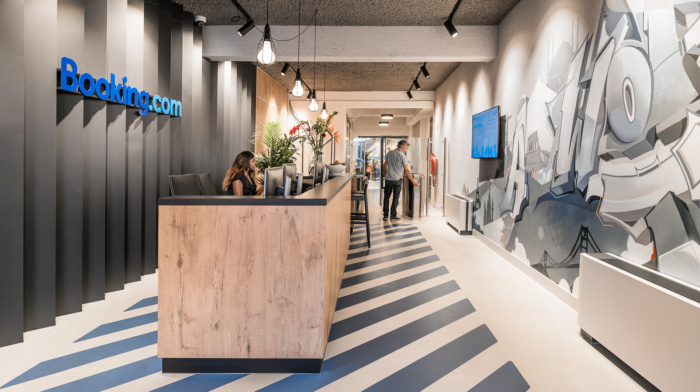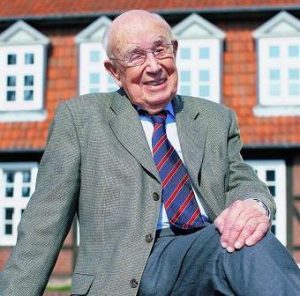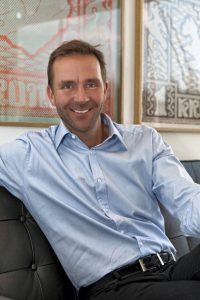Clear Car Rental: An Offbeat Startup that Received Nationwide Recognition
In this era of stress-laden life, we start working as a machine the moment we set off our foot from the bed. And while we hurry to reach office in time, the unreliable services of public transport are the real disappointment. In this scenario, online car booking seems like a silver lining and saves our day.
Clear Car Rental is one such online car booking platform that provides the best rental services across India. A vast range of services is offered by Clear Car Rental which includes one day trip, round trip, travelling to different cities, far-ranging packages etc.
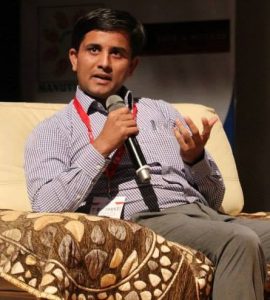
Founder of Clear Car Rental
Sachin Kate, a 28-year-old Indian fellow, is the founder of Clear Car Rental Pvt. Ltd. He is from Maharashtra, who is currently expanding his business by providing services in more than 210 cities in India.
Early life
Born into an economically weak family, in a small village of Marathwada, achieving success was never really a piece of cake for Kate. There were no schools in his village that provided education after standard 4. But this could not kill his determination to chase his dreams. So, after completing the 4th standard, he moved out of his place to a nearby village to complete his high school education. But this wasn’t easy either. Since his parents were mere farmers, the financial crisis was a common thing in his family. He started selling newspapers to fund his own education, and when he was in standard 11, he bagged himself a job, in a computer institute. He worked there as an office boy, but he never missed a chance to learn and explore more. Seeing his great flair for computers, the owner upgraded him as an instructor the very next year.
Since his parents were mere farmers, the financial crisis was a common thing in his family. He started selling newspapers to fund his own education, and when he was in standard 11, he bagged himself a job, in a computer institute. He worked there as an office boy, but he never missed a chance to learn and explore more. Seeing his great flair for computers, the owner upgraded him as an instructor the very next year.
After passing out from high school, he shifted to Aurangabad to pursue his higher studies. Since he needed to sponsor his own education, he found himself a part-time job in a travel agency. This is the time when the idea of establishing his own business clicked his mind. While working with the travel agency, he became quite susceptible to the ideas and strategies of how the business worked. This was the stepping stone towards his success.
Career
Initially, Kate began by creating a few travel websites by means of the technical knowledge he gained during the course of his high school. Then he, eventually, delved deeper into the colossal domain of travelling and learned more about it. After thorough research and analysis, he realized that travel by road wasn’t developed enough in India, though the tourism industry was rapidly expanding and flourishing. And, if this mode of transportation was enhanced, it would gain more customers, since it would be cheaper than transportation by air. Seeing this as a golden opportunity to bring a bigger change in the field of tourism, he made his mind to establish an online car rental service company. Thus, in 2011, he founded Clear Car Rental Service with a team of four members. This is when he crossed the threshold of his path and aimed for reaching its pinnacle.
With time passing by, the company expanded, and by 2013, the team had more than 100 people working in different sectors, like creating travel packages, online marketing, business development and other fields. It took no time for the company to carve a niche in the sphere of Indian travel and tourism, serving customers in more than 200 cities. Today, the company owns around 14000 cabs that are ready to serve their customers with the utmost care and comfort. Though the company provides services in all major cities, including the metropolis, it is focusing more on small towns to create more convenience for common people. The company has also launched a beta version of their online car booking system to enhance the user experience and make it easier to use.
Kate understands very well that in a developing country like India, every corner of it must get access to transportation to help it grow faster. His strategic mind and sheer determination to create something of his own led him to where he is today, thus curving his own future.
Belonging to a poor family like his, nobody expects of having such exposure and gain fame in the real world, due to lack of inspiration, financial and moral support. But Kate here sets a perfect example, breaking the orthodoxy of the society and proves that if you have the knowledge, and you are ready to work hard, you can achieve your dreams. And the most awe-inspiring fact about Kate’s success is that he didn’t borrow any money from his friends or family, or asked any banks for investments.
The future of the company
Though the company has set a remarkable bar in the business of rental service, the team wishes to provide even better services and launch products that will create wonders both in the car rental and tourism industry.

Annasha Dey is an NIT student, who apart from studying engineering is also a content writer. She has a great interest in photography, writing, reading novels, and travelling as well. She is a foodie who loves socializing and hanging out with her friends. She is also a trained Kathak dancer and a big fashion enthusiast. Dey also loves watching TV series, which includes F.R.I.E.N.D.S. and Big Bang Theory. To be a better writer she prefers to read more

